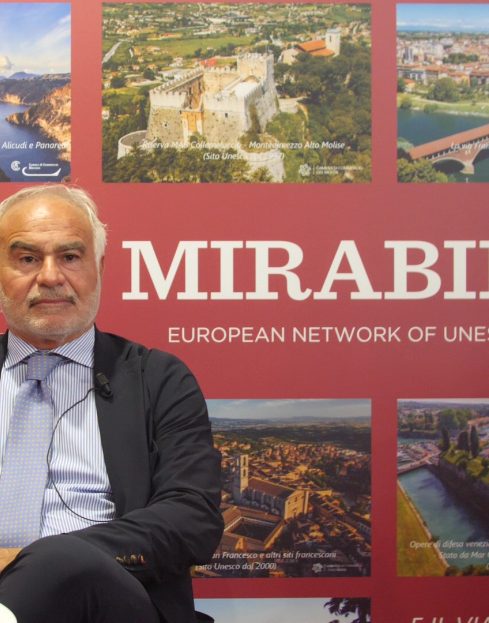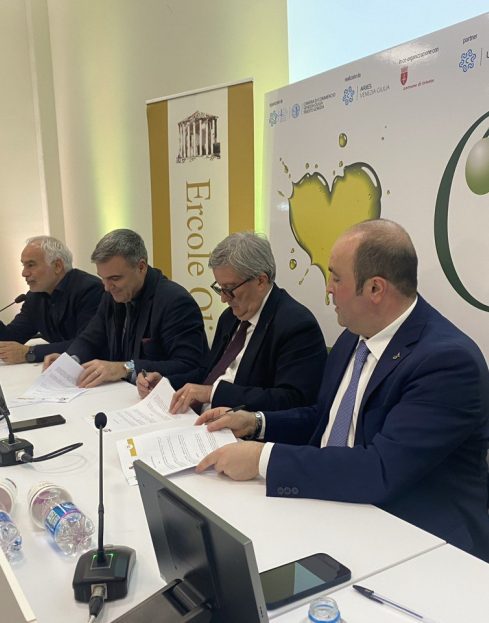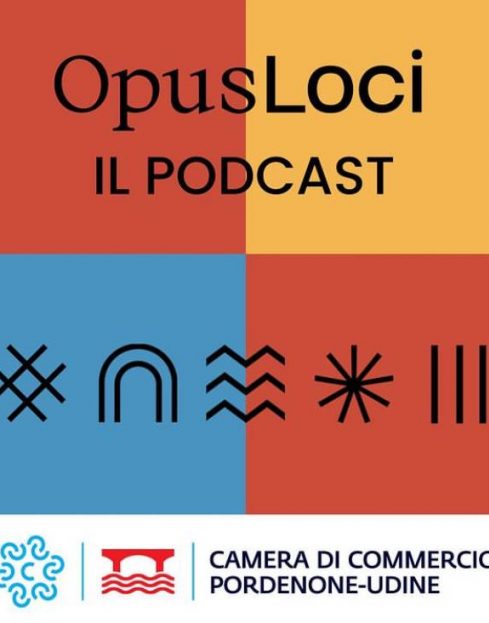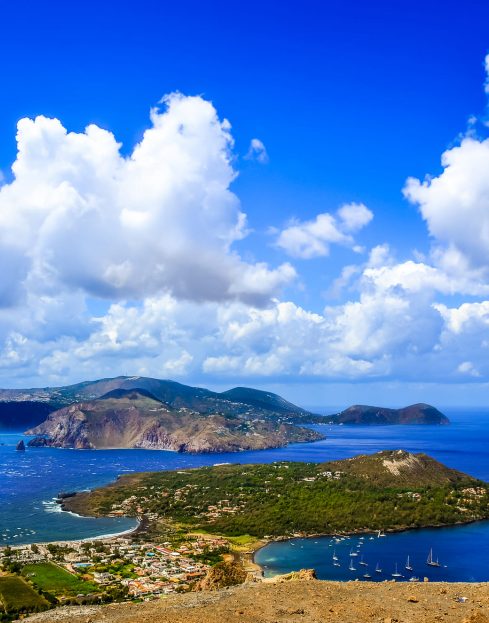Vicenza and the Palladian Villas of the Veneto
Vicenza, in northeastern Italy, was founded in the 2nd century BC but it became a center of primary importance only between the 15th and 18th centuries under the Venetian government. The golden age of Vicenza began in 1540 when the Venetian aristocracy reorganized the city and its countryside and Andrea di Pietro della Gondola, known as Palladio, one of the greatest architects of the time, was commissioned to design the new residences of property of Venetian nobles. In those years, Vicenza was adorned with wonderful private palaces and public buildings and extraordinary villas were designed in the countryside. The buildings designed by Palladio create a continuous dialectic between ancient and modern and are recognizable for their elegance, balance and symmetry. With his works, Palladio modified the urban layout of the city and part of the surrounding landscape, creating an original living interpretation of classical antiquity that would profoundly influence the urban planning and landscape of European countries and throughout the world. Palladio’s works recognized as World Heritage consist of 23 palaces in Vicenza and 24 villas in the surrounding area. The palaces are inserted into the urban fabric of the medieval city and create a picturesque combination of Venetian Gothic style and Palladian classicism inspired by classical Roman architecture. The Palladian Villas of Veneto, in which the functional aspects of land management and the self-celebration of the noble owners are summarized, are house temples, embellished with monumental staircases and crowned by a pediment supported by the columns of a loggia. The porticoes extend along the wings that start at the sides of the facades and often end with a tower. In these villas rationality and functionality are closely linked to the symbolic and ideological expression that the urban and country villa has the task of transmitting: it is a center of power, but also a place of pleasure, culture and beauty. The Palladian villa is conceived as a humanistic recovery of the ancient Roman villa, moving away from the idea of a medieval villa castle, where the war-defensive function prevailed. In addition to the intrinsic value of each villa, the set of villas constitutes a very important element within the region, since the formal relationship between the villas and the Venetian landscape reveals a unique quality that gives it a universal value.
How to
get there
Venice Airport
Treviso Airport
A27 highway
Activities

cycling

trekking

excursions
Latest
News
from CamCom
The Mirabilia Special Project aims to promote the territories and paths in the UNESCO World Heritage sites supported by the Chambers of Commerce of:








































